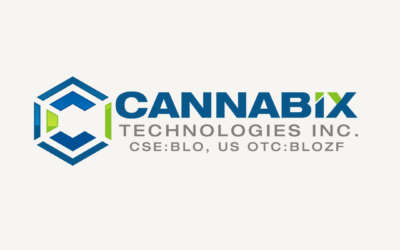Demystifying Special Purpose Acquisition Companies (SPACs)
In recent years, Special Purpose Acquisition Companies (SPACs) have gained immense popularity in the world of finance and investment. These financial vehicles have been utilized in various high-profile transactions, leading many to wonder what exactly a SPAC is and how it works. In this article, we will break down the concept of SPACs, their structure, and their role in the financial landscape.
What is a SPAC?
A Special Purpose Acquisition Company, or SPAC for short, is a unique type of publicly-traded investment vehicle designed specifically for the purpose of acquiring or merging with an existing private company. Essentially, a SPAC is formed by a group of investors, often known as sponsors, with the sole intention of raising capital from the public through an initial public offering (IPO). The funds raised through the IPO are placed in a trust account and held until a suitable target company is identified for acquisition.
SPAC Structure
To understand how SPACs work, it’s essential to break down their structure:
-
Formation: A group of experienced investors or sponsors, often including prominent individuals from the business or finance world, establishes a SPAC. They provide the initial capital to cover the costs of the IPO and the early stages of operation.
-
IPO: The SPAC goes public through an IPO, offering shares to the general public. These shares are typically priced at a fixed amount, often $10 per share, and are publicly traded on stock exchanges. The capital raised in this process is placed in an interest-bearing trust account.
-
Target Search: After the IPO, the SPAC management team has a limited timeframe (usually 18-24 months) to identify a suitable target company for acquisition. This period is known as the “search phase.” The chosen target must usually meet specific criteria, such as a minimum valuation.
-
Business Combination: Once a target company is identified and negotiations are complete, the SPAC and the target company merge or complete a business combination transaction. This allows the target company to become a publicly traded entity without going through the traditional IPO process.
-
Shareholder Approval: Shareholders of the SPAC must approve the proposed merger or acquisition, typically through a vote. If approved, the SPAC and target company combine, and the target company’s shares replace the SPAC’s shares.
Advantages of SPACs
-
Access to Capital: SPACs provide private companies with an alternative route to access public capital markets without the complexities and uncertainties of a traditional IPO.
-
Speed: The SPAC process is often faster than a conventional IPO, allowing companies to go public more quickly.
-
Reduced Risk: SPAC sponsors are typically seasoned investors or industry experts, which can instill confidence in investors, reducing the perceived risk associated with investing in early-stage companies.
-
Flexibility: SPAC mergers can be structured in various ways, including equity investments, which can be attractive to target companies.
Challenges and Considerations
While SPACs offer several advantages, there are also important considerations and challenges:
-
Dilution: Existing shareholders of the SPAC may experience dilution when a merger occurs.
-
Uncertainty: SPAC investors must trust the sponsors to identify a suitable target company within the specified timeframe.
-
Market Fluctuations: SPAC share prices can be volatile, as they are often influenced by market sentiment and the sponsors’ reputation.
-
Regulatory Scrutiny: SPACs have faced increased regulatory scrutiny in recent years, leading to potential changes in the industry’s landscape.
Conclusion
Special Purpose Acquisition Companies (SPACs) have become a prominent player in the financial world, offering an innovative way for private companies to access public capital markets. While they come with distinct advantages such as speed and flexibility, they also entail risks and uncertainties. As with any investment, individuals considering SPACs should conduct thorough due diligence and seek professional advice to make informed decisions in this dynamic and evolving space.



